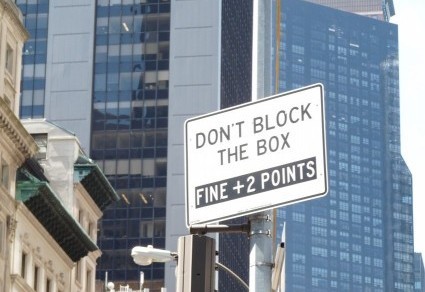Take the Q32 bus between Manhattan and Queens (two of New York’s five boroughs) and you see just how diverse this city is. On a single bus route you find an Irish pub, an Ecuadorean restaurant, a Nepalese shop, and countless other spots that celebrate the residents’ heritage. That makes sense to me. These signs do not:

It’s not that I want to see Brazil’s influence wane, but is there something wrong with American bees? I realize that “Brazilian Waxing” refers to hair removal, but surely most people, like me, don’t know exactly which areas are targeted by Brazilian Waxing as opposed to, say, Canadian Waxing (if that exists). I have glimpsed ads for “European Wax,” but once again I don’t know that continent’s hair-removal conventions. Nor would I like to find out.
Moving on to academics: A young friend of mine studies, according to the cover of his textbook, the “Japanese system” of math. Presumably his schoolwork is different from the lessons here:

Silly me. I thought numbers were the same everywhere. Then there’s this store:

My favorite French teacher, Jacqueline, would be the first to tell you that my verb conjugation could be cleaned up, but I doubt this store would help. I’ll be in Paris next month, where I’ll check for stains. If I don’t find any, I’ll consider bringing my garments here for French cleaning.
And what is this business selling? Stoves that do a great job on bratwurst? If so, sign me up.

Last but definitely not least is this exercise regimen, offered at a gym near my home:

I googled “Russian Kettlebells” and discovered that (a) they exist and (b) they’re handheld weights and (c) they’re the subject of much controversy. (Is anything connected with Russia not controversial these days?) Apparently some people swear by American Kettlebells, and others are faithful to the Russian version. I have no intention of trying either exercise, but I do wonder whether patriotism is part of the equation. Maybe if I’d studied Russian Mathematics I’d know.










 :
:











 If they’re “certified,” they can’t be that bad, right? Don’t ask me what they’re “certified” in (or “of,” as the sign says). At least they’re in NY — well, make that “Ny,” but nothing’s perfect. Not even verbals.
If they’re “certified,” they can’t be that bad, right? Don’t ask me what they’re “certified” in (or “of,” as the sign says). At least they’re in NY — well, make that “Ny,” but nothing’s perfect. Not even verbals.





